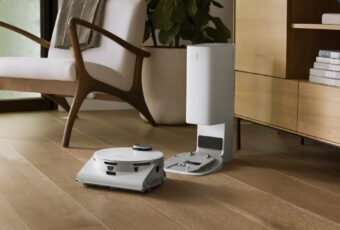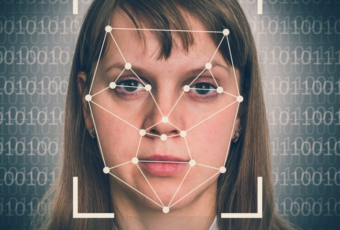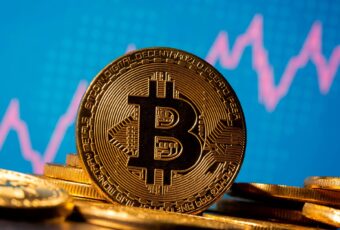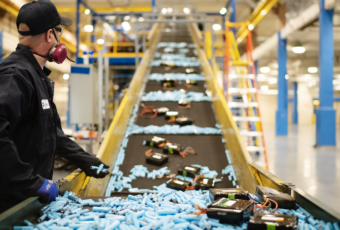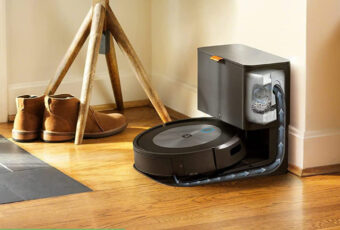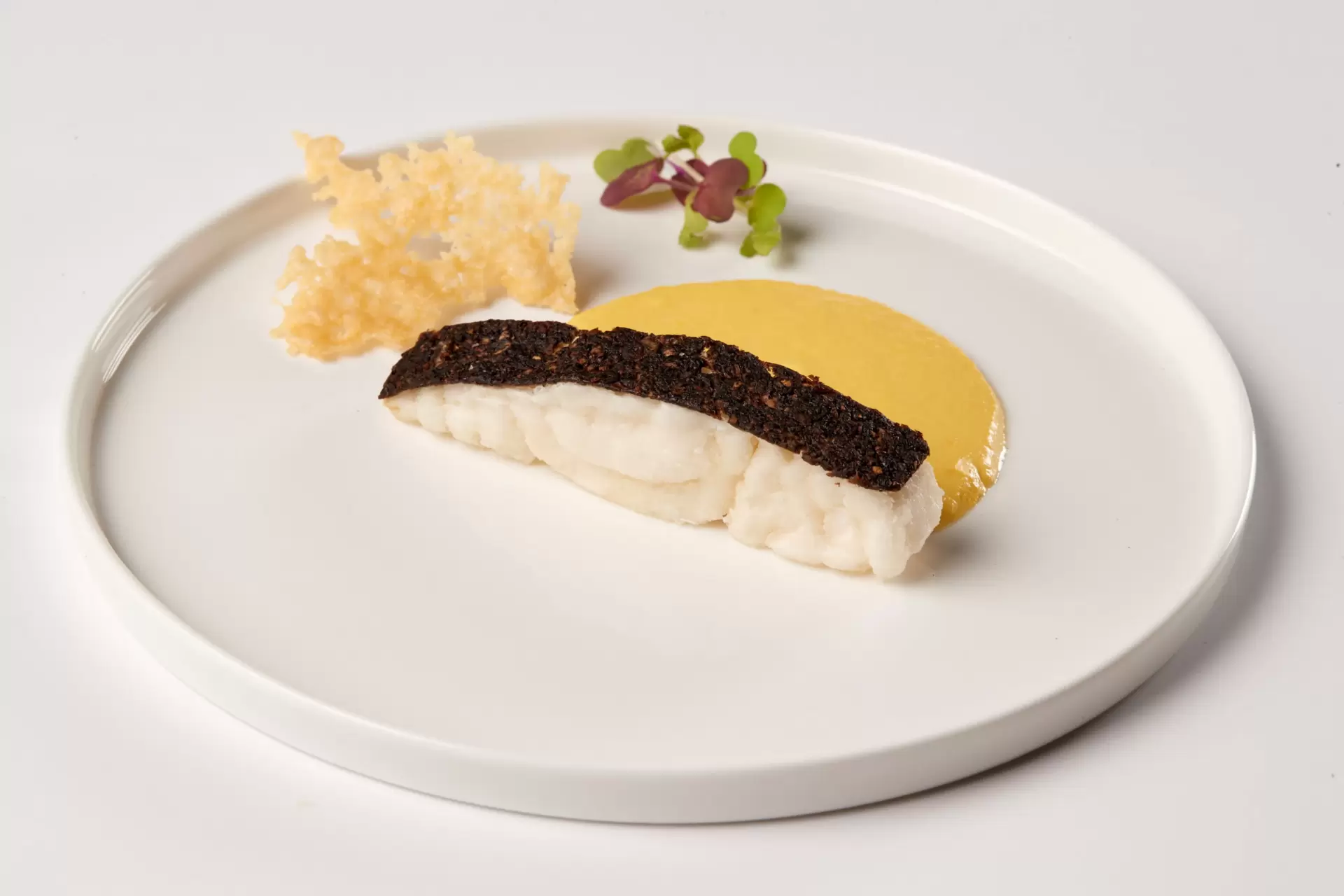
3D Printed Fish
3D printing meat and fish will offer a more environmentally-friendly and sustainable option for food production, which at the moment is wildly unsustainable and damaging. Livestock farming is massively inefficient when it comes to using land, energy, and water, and is also a leading factor in increased greenhouse gas emissions. By using 3D printing technology, the amount of livestock being raised can be dramatically reduced, hopefully reducing the amount of resources that are needed.
This method also allows scientists to control exactly what goes into the product and manipulate textures, which means that novel foods can be created and customized. That means that perhaps the future holds options for personalized food and nutrition, with varying levels of protein, fat, and flavors being able to be controlled.
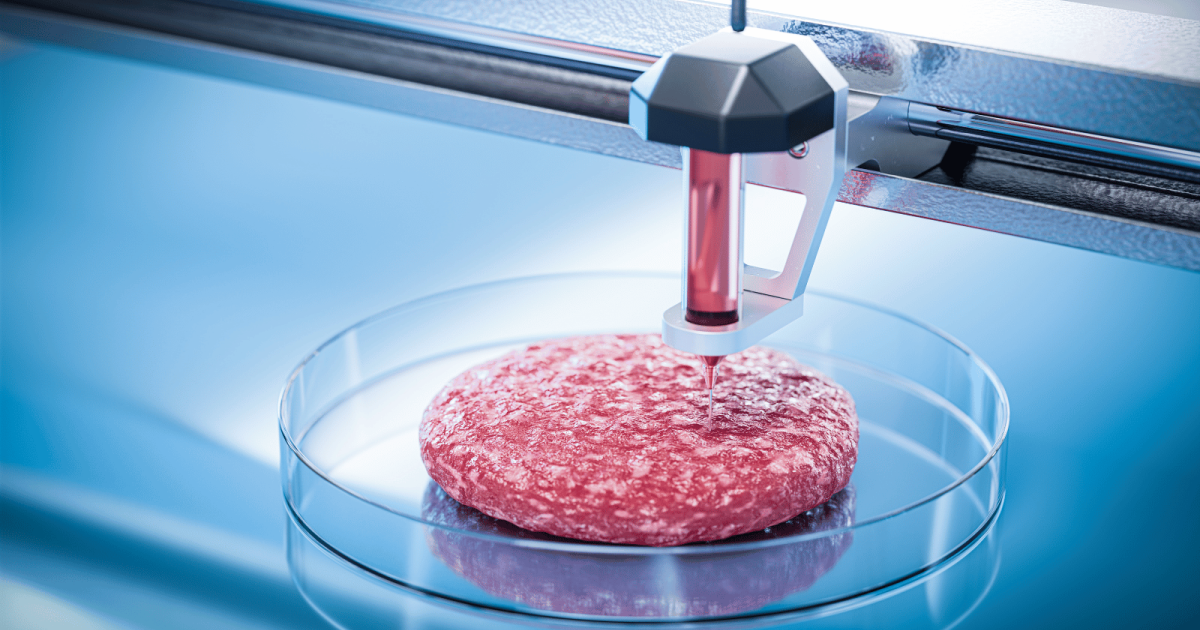
3D Printed Meat
Another significant advantage 3D printing food is the ability to reduce food waste which is rampant in traditional meal production. Many parts of animals that are unused end up being discarded, and with meat production being such a massive industry, that means a serious amount of waste. 3D printing meat and fish means that waste can be reduced.
Of course, another concerning aspect of traditional livestock farming comes to inhumane conditions and a lack of animal welfare. This alternative offers a way to enjoy animal products without the need for mass-scale animal farming and thus mass animal suffering.
As the population of the Earth continues to multiply exponentially, the real concern for food security continues to grow as well. If we’re able to use 3D printing in order to create more high quality protein, we can continue to have nutritious food even if the planet begins to become even more resource-scarce.
While 3D printing meat and fish has a great deal of potential, it is still in its infancy, since this means of creating 3D printed animal products in a way that meets regulatory guidelines and rules. Before it can be fully rolled out for public consumption, this kind of product must be deemed fully safe to eat and compliant with current food standards.
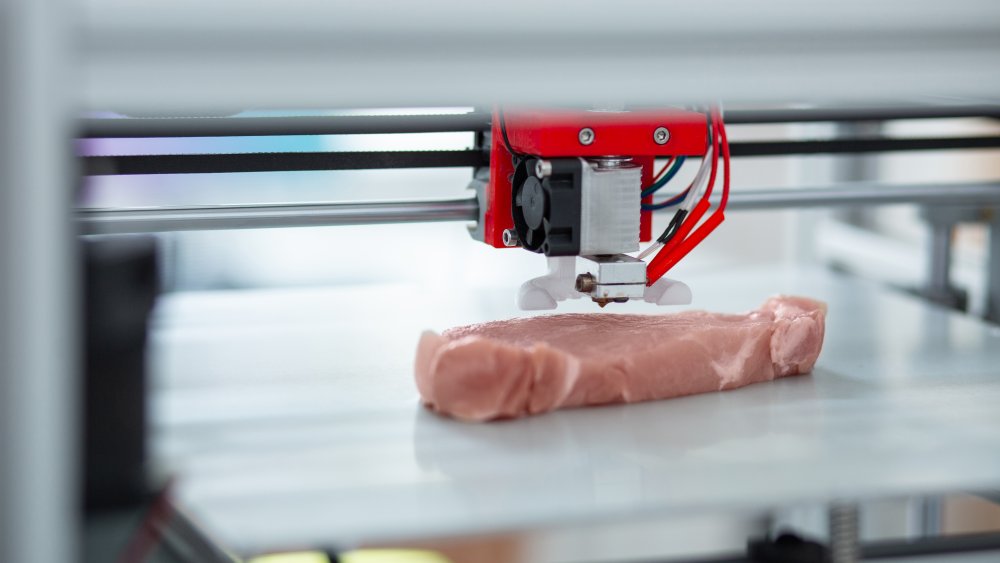
3D Printed Chicken



